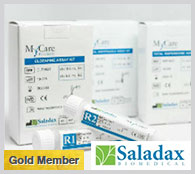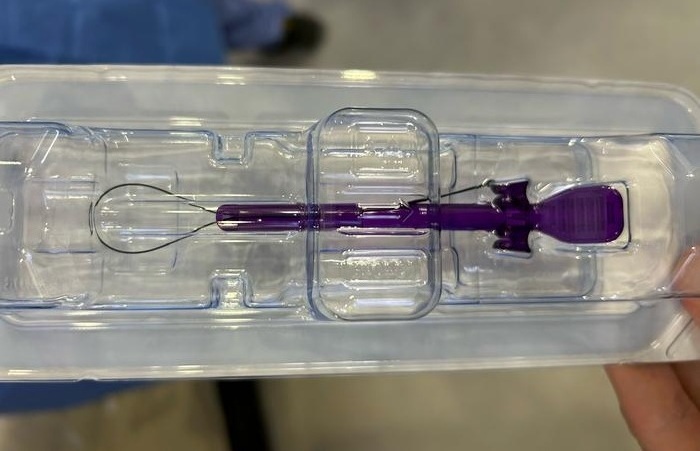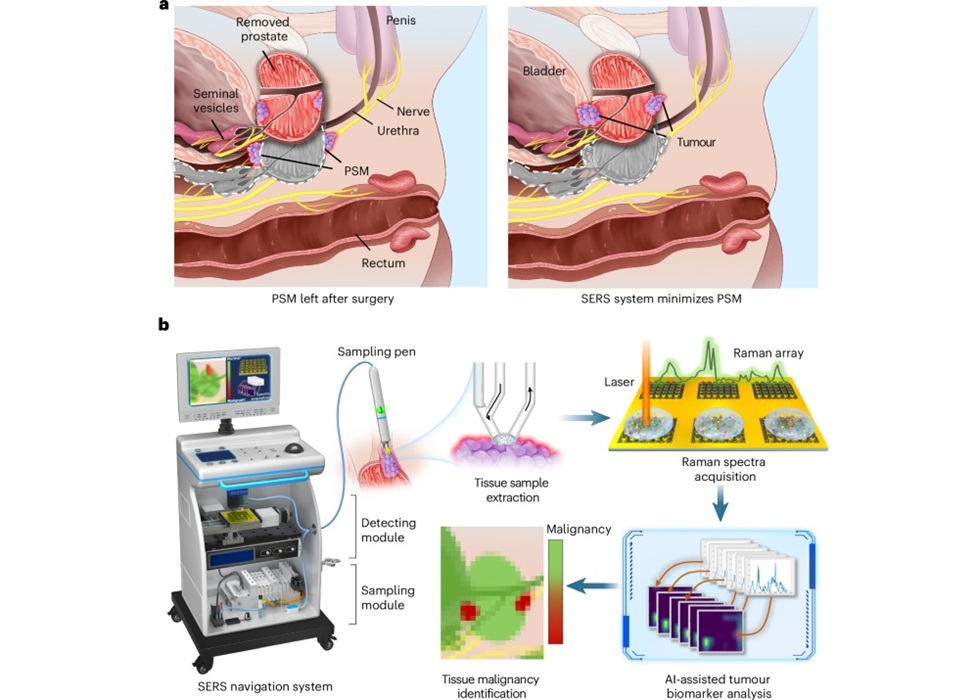Endoscopy Devices Market Driven by Increasing Adoption of Minimally Invasive Procedures
|
By HospiMedica International staff writers Posted on 14 Jul 2022 |
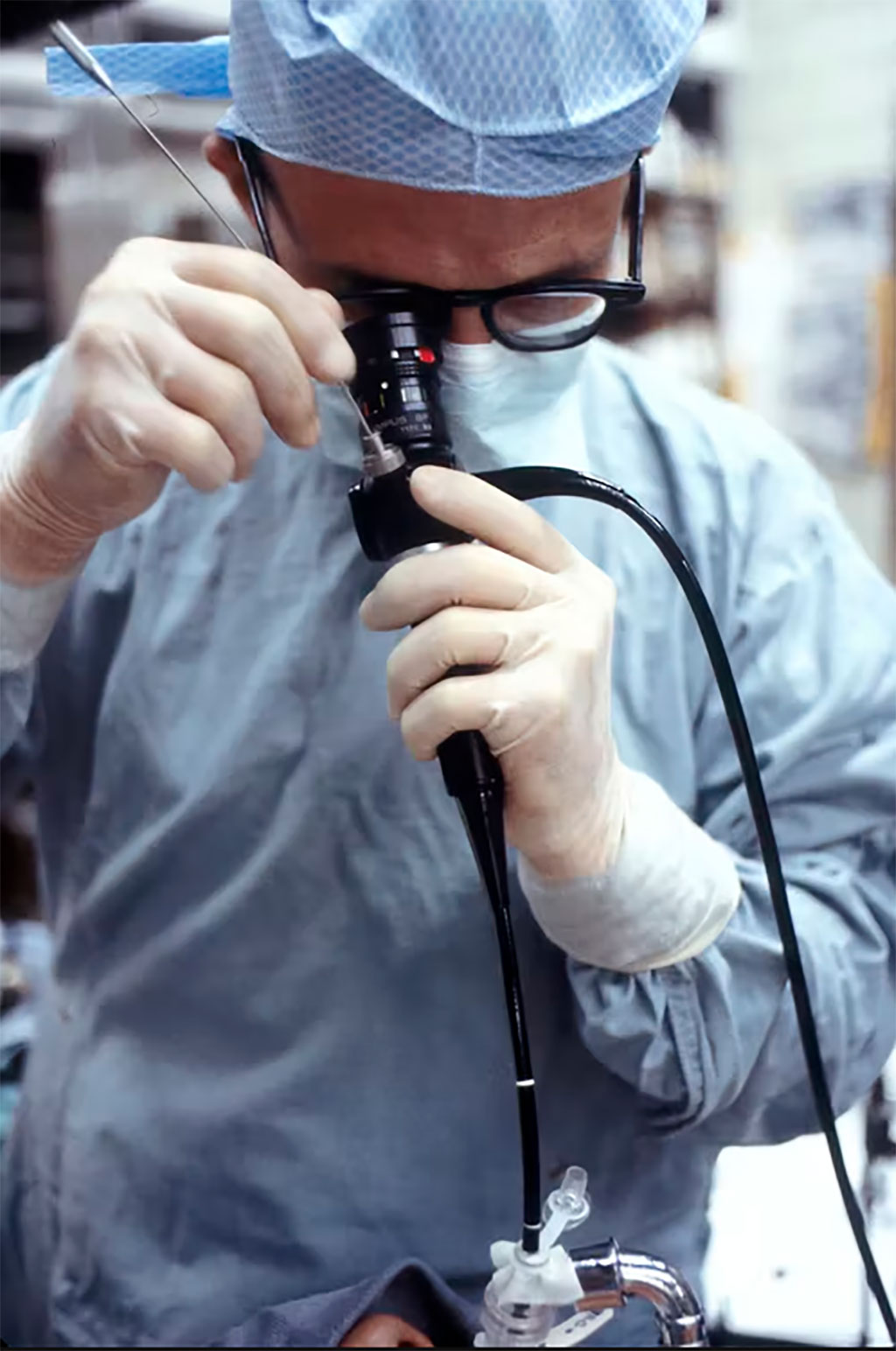
Endoscopy procedures are performed by inserting a rod shaped telescope and specialized instruments through small incisions in the body. These procedures can be diagnostic as well as operative, and are explored for various areas of surgery including gastrointestinal, urological, ENT, cardiovascular, and joint surgeries. These are minimally invasive procedures and provide various advantages over open surgeries such as reduced blood loss, reduced chances of infection, shorter hospital stay, and quick recovery. This has increased the adoption of endoscopy, especially in the field of oncology. The global endoscopy devices market was valued at USD 31.8 billion in 2020 and is projected to register a CAGR of 3.8% from 2021 to 2028.
These are the latest findings of Transparency Market Research (Wilmington, DE, USA), a global market intelligence company.
Endoscopy surgeries provide benefits to doctors as well as patients. Benefits for patients include lesser chances of infections, quick recovery, smaller surgery marks on body, and low cost; while benefits to doctors include reduced hospital stay and higher customer satisfaction. Operative endoscopy includes arthroscopy, laparoscopy, spinal endoscopies, and various other surgeries for sample biopsy, and cardiovascular surgeries. An endoscopy system comprises an endoscope, visualization system (which includes the camera, control unit, illumination devices, image processing devices, and display), and various specialized operative instruments (which include energy systems, internal closure devices, irrigation systems, and others). An endoscope that is rigid, finds applications in arthroscopy and laparoscopies and flexible endoscopes have applications in gastrointestinal, urology, and other systems where rigid endoscope may not reach. Modern endoscopes called videoscopes have a 'chip-on-tip', which deliver better image quality and are more durable.
Fiberoptic endoscopes are fragile and delicate, hence are damaged easily. This is a major driver of the videoscopes market, and the technology is expected to replace fiberoptic and rod-lens systems in the near future. Consistent technological advances have added new products to the market and expanded boundaries of the endoscopy devices market. Capsule endoscopes and robot-assisted endoscopes have revolutionized the endoscopy market. Capsule-shaped devices possess built-in camera unit and wireless transmission system, which delivers high quality images to external receiver, as these pass through the gastrointestinal tract. The device has made diagnosis of gastrointestinal tract more efficient as the capsule is able to deliver images of intestinal areas where flexible endoscope cannot reach.
Technological innovations in medical imaging devices have increased the scope of medical devices and consequently, the market’s customer base. Robotic-assisted endoscopic procedures have created a paradigm shift in the endoscopic devices market. Moreover, minimally invasive diagnostic and surgical procedures performed using robotic technology offer benefits such as lower blood loss, less scarring, reduced risk of infection, and faster return to normal life. Hence, an increase robotic-assisted endoscopic procedures is anticipated to boost market growth. The development of chromoendoscopy has added another dimension to the evolving endoscopy market. Three dimensional (3D) camera systems have improved the depth perception and reduced errors during surgery, which has brought down the overall surgery time.
In terms of device type, the global endoscopy devices market was dominated by the endoscopic operative devices segment in 2020 and the segment is expected to maintain its dominance during the forecast period. The demand for minimally invasive surgery has increased in the past few years, owing to its advantages over open surgeries. Geographically, North America dominated the global endoscopy devices market in terms of market share in 2020. The majority of leading players in the endoscopy devices market is based in the US and have a better understanding of the local market. Additionally, the ability of patients to afford expensive medical services has fueled the growth of the endoscopy devices market in North America. Moreover, rising obesity rate has led to an increase in the number of bariatric procedures performed in the US, a majority of which is carried out laparoscopically. Going forward, an increase in the incidence of cancer, aging population, and high rate of obesity is likely to propel the growth of the North American endoscopy devices market during the forecast period.
Related Links:
Transparency Market Research
Latest Business News
- Philips and Masimo Partner to Advance Patient Monitoring Measurement Technologies
- B. Braun Acquires Digital Microsurgery Company True Digital Surgery
- CMEF 2025 to Promote Holistic and High-Quality Development of Medical and Health Industry
- Bayer and Broad Institute Extend Research Collaboration to Develop New Cardiovascular Therapies
- Medtronic Partners with Corsano to Expand Acute Care & Monitoring Portfolio in Europe
- Expanded Collaboration to Transform OR Technology Through AI and Automation
- Becton Dickinson to Spin Out Biosciences and Diagnostic Solutions Business
- Boston Scientific Acquires Medical Device Company SoniVie
- 2026 World Hospital Congress to be Held in Seoul
- Teleflex to Acquire BIOTRONIK’s Vascular Intervention Business
- Philips and Mass General Brigham Collaborate on Improving Patient Care with Live AI-Powered Insights
- Arab Health 2025 Celebrates Landmark 50th Edition
- Boston Scientific Acquires Medical Device Company Intera Oncology
- MEDICA 2024 to Highlight Hot Topics of MedTech Industry
- Start-Ups To Once Again Play Starring Role at MEDICA 2024
- Boston Scientific to Acquire AFib Ablation Company Cortex
Channels
Critical Care
view channel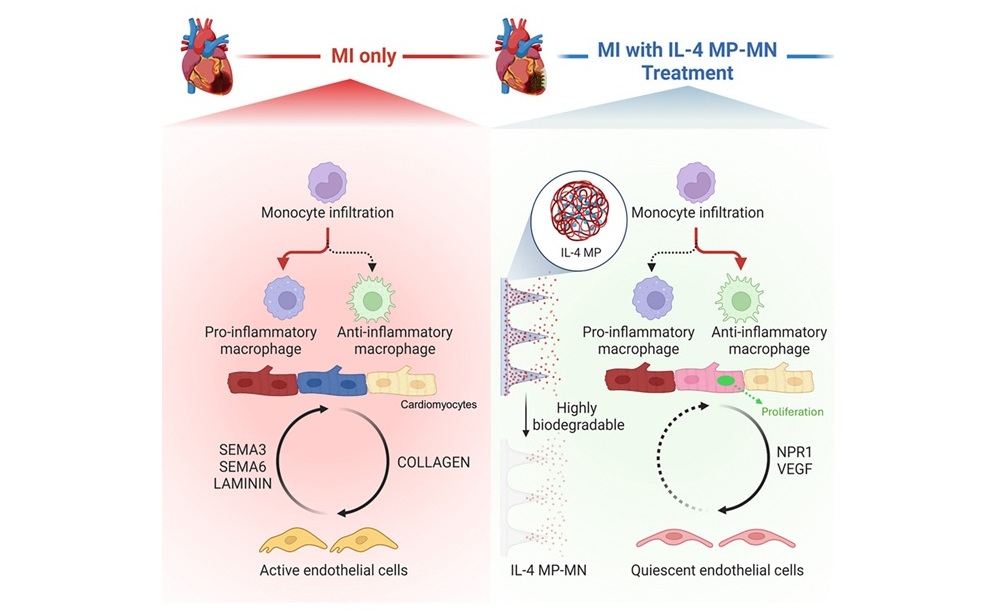
Biodegradable Patch Repairs Damaged Tissue After Heart Attack
A heart attack causes sudden loss of oxygen to the heart muscle, triggering cell death and a strong inflammatory response that often leads to scar formation. While scarring helps stabilize the heart, it... Read more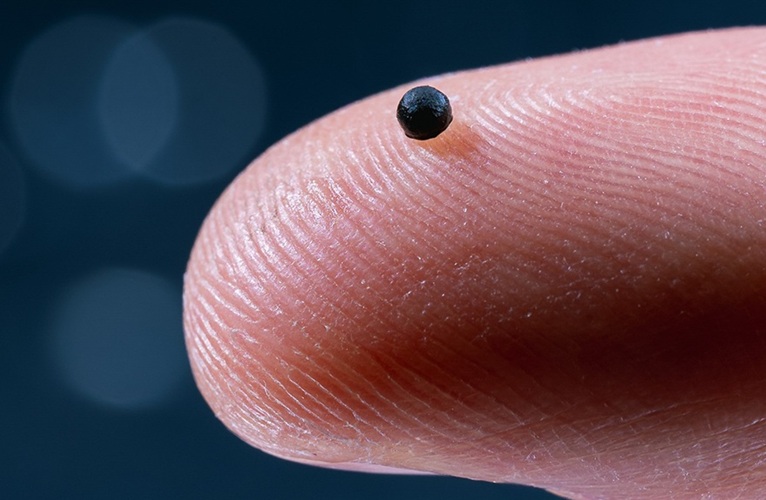
Magnetically Guided Microrobots to Enable Targeted Drug Delivery
Stroke affects 12 million people globally each year, often causing death or lasting disability. Current treatment relies on systemic administration of clot-dissolving drugs, which circulate throughout... Read more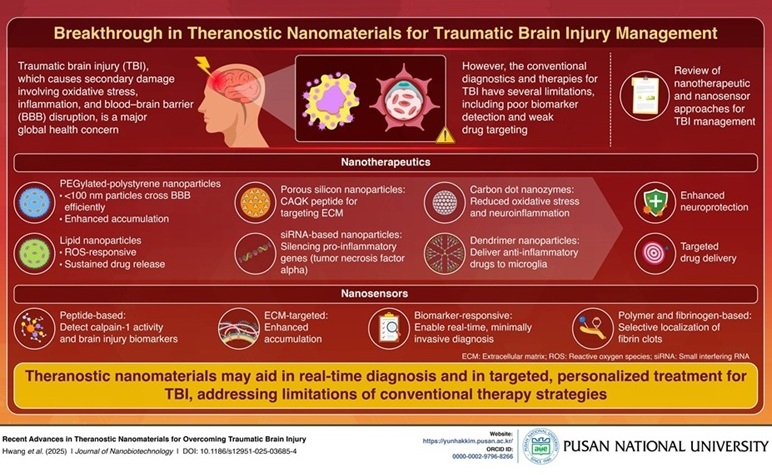
Smart Nanomaterials Detect and Treat Traumatic Brain Injuries Simultaneously
Traumatic brain injury (TBI) continues to leave millions with long-term disabilities every year. After a sudden impact from a fall, collision, or accident, the brain undergoes inflammation, oxidative stress,... Read more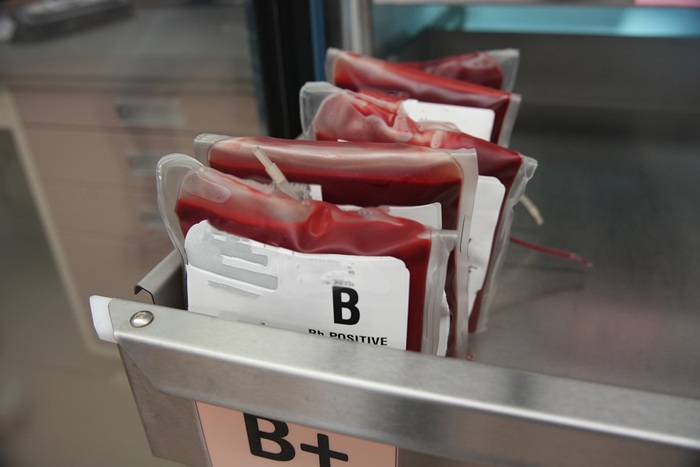
Earlier Blood Transfusion Could Reduce Heart Failure and Arrhythmia in Heart Disease Patients
Blood loss during or after surgery can place significant stress on people with heart disease, increasing the risk of dangerous complications. Transfusions are often delayed until hemoglobin levels fall... Read moreSurgical Techniques
view channelNovel Endoscopy Technique Provides Access to Deep Lung Tumors
Detecting lung cancer early can save lives, but diagnosing small tumors deep in the outer regions of the lungs remains a major clinical challenge. Although CT scans frequently identify tiny suspicious... Read more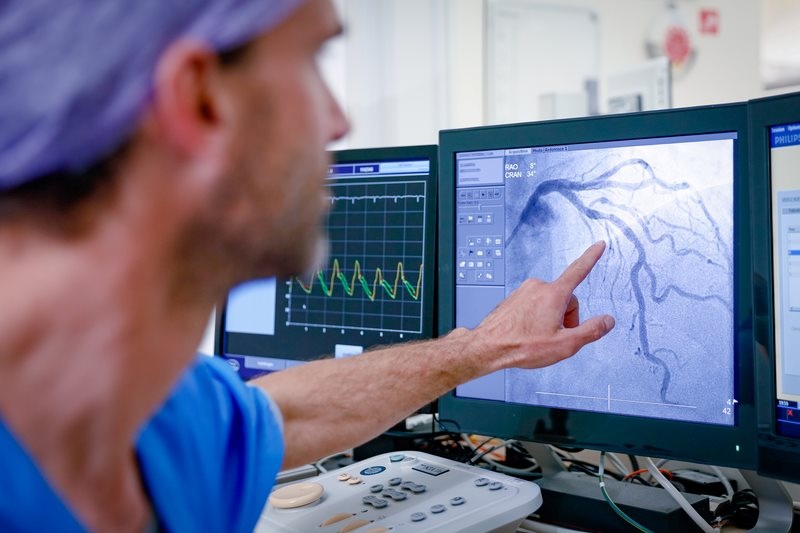
New Study Findings Could Halve Number of Stent Procedures
When a coronary artery becomes acutely blocked during a heart attack, opening it immediately is essential to prevent irreversible damage. However, many patients also have other narrowed vessels that appear... Read morePatient Care
view channel
Revolutionary Automatic IV-Line Flushing Device to Enhance Infusion Care
More than 80% of in-hospital patients receive intravenous (IV) therapy. Every dose of IV medicine delivered in a small volume (<250 mL) infusion bag should be followed by subsequent flushing to ensure... Read more
VR Training Tool Combats Contamination of Portable Medical Equipment
Healthcare-associated infections (HAIs) impact one in every 31 patients, cause nearly 100,000 deaths each year, and cost USD 28.4 billion in direct medical expenses. Notably, up to 75% of these infections... Read more
Portable Biosensor Platform to Reduce Hospital-Acquired Infections
Approximately 4 million patients in the European Union acquire healthcare-associated infections (HAIs) or nosocomial infections each year, with around 37,000 deaths directly resulting from these infections,... Read moreFirst-Of-Its-Kind Portable Germicidal Light Technology Disinfects High-Touch Clinical Surfaces in Seconds
Reducing healthcare-acquired infections (HAIs) remains a pressing issue within global healthcare systems. In the United States alone, 1.7 million patients contract HAIs annually, leading to approximately... Read moreHealth IT
view channel
EMR-Based Tool Predicts Graft Failure After Kidney Transplant
Kidney transplantation offers patients with end-stage kidney disease longer survival and better quality of life than dialysis, yet graft failure remains a major challenge. Although a successful transplant... Read more






